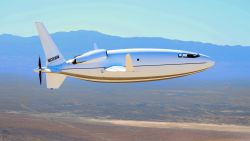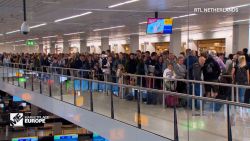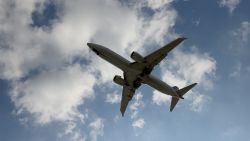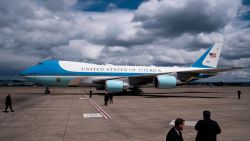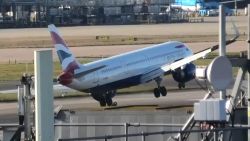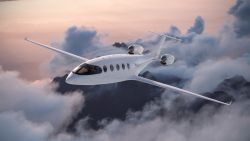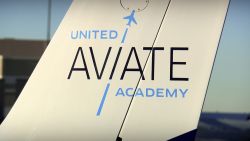Boeing’s new line of jets had a huge problem: They kept crashing.
The press blamed the planes, and many passengers were afraid to fly on them. The jet was supposed to set the company on a path to success, because it was the type of transport that airlines had been demanding. But if panic persisted and airlines were unwilling to buy it, the future of Boeing would be in jeopardy.
That could describe Boeing’s current crisis. A pair of fatal crashes of its 737 Max jets led to the grounding of all 371 of the jets worldwide. On Thursday, Ethiopian government officials said the pilots of Ethiopian Airlines Flight 302 performed all of the aircraft manufacturer’s procedures, but were unable to control the jet before it crashed in March.
But the crisis described above was much worse than Boeing’s 737 Max troubles, and it happened more than 50 years ago.
During a four-month period in late 1965 and early 1966, four new Boeing 727 jets crashed. Three of the crashes occurred while the planes were attempting to land at US airports, and two of them happened within three days of each other in November 1965.
The lessons from that earlier crisis
Boeing obviously survived the crisis from the mid ’60s. So what lessons can it apply to its current situation?
First, proper training for pilots who are flying new aircraft is crucially important.
Pilots were not prepared to fly the 727, and that led to the crashes.
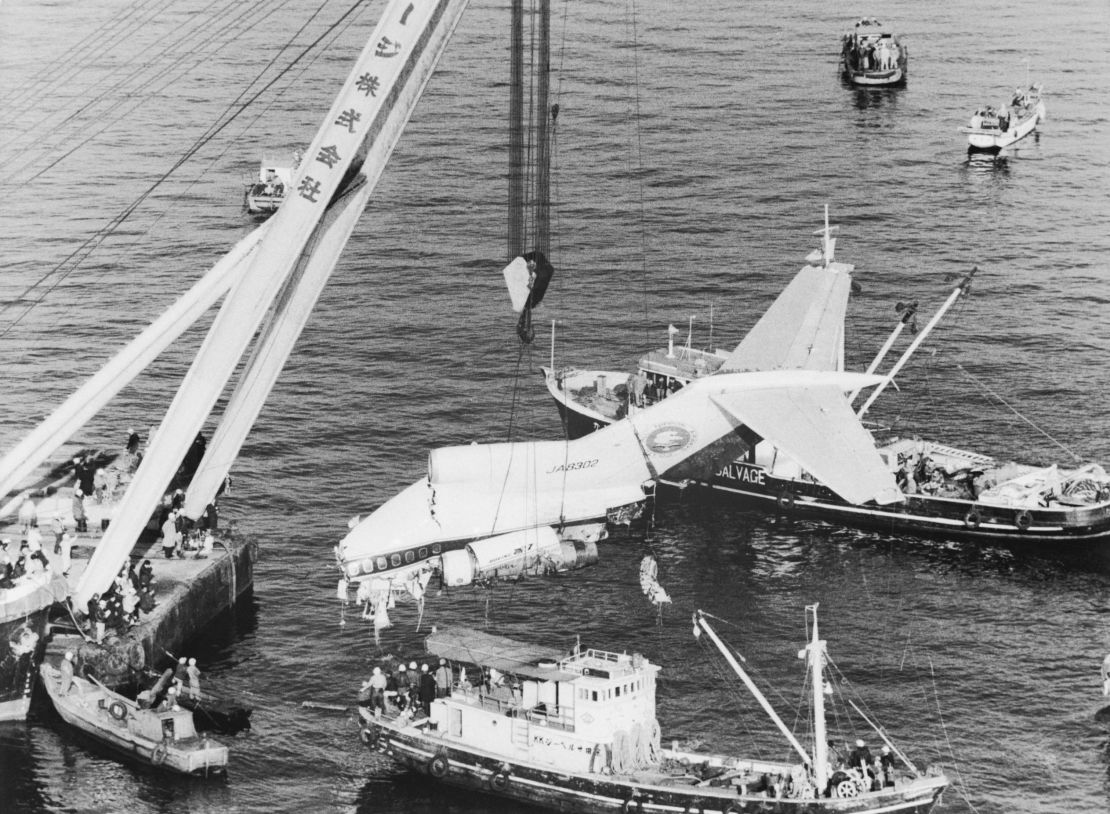
While the exact cause of the 737 Max crashes have yet to be determined, there is evidence that pilots were not prepared to deal with an automatic safety system designed to prevent stalls. Investigators suspect the plane’s safety system forced the nose of the 737 Max jets lower before the crashes in Ethiopia and Indonesia.
But the crashes in 1965 and ’66 proved that passengers will get over their fear of certain jets fairly quickly if Boeing can prove they’re safe.
Anxiety over flying on Boeing’s 737 Max planes reached a fever pitch after the crash in Ethiopia. The travel site Kayak added an option to screen out flights using the 737 Max jets. Boeing’s decision to request a grounding of the jets was partly “in order to reassure the flying public of the aircraft’s safety.”
If history is a guide, nervousness over the 737 Max should recede.
Those four 727 crashes provoked even more concern among the traveling public. Air crashes were far more common then and many more people had little experience with air travel.
But the concerns about the 727 faded quickly, and the plane became a major success for Boeing (BA).
The history of the 727 crashes
The 727 had three jet engines on its tail, the first commercial plane with fewer than four engines. That made it more fuel efficient than the four-engine Boeing 707, the industry’s first commercial jet. The 727 also had innovative wings that could slow the plane faster, which allowed it to land on shorter runways. That allowed the plane to land at airports that previously had only been served by propeller planes, a key selling point.
But the pilots at the controls of the four doomed jets were apparently unprepared for how quickly the planes would descend with the new wings.
One of the planes bound for O’Hare Airport in Chicago crashed into Lake Michigan miles away.
“The headlines in the papers called it the ‘Deadly 727.’ There were a lot of calls for grounding it,” said Bill Waldock, professor at Embry-Riddle Aeronautical University and head of the school’s crash lab. “You had travel agents booking passengers away from the airplane. It could have killed the airplane.”
The FAA sticks with Boeing
As was the case last week when aviation authorities around the world were grounding the 737 Max, the FAA stuck by Boeing in 1965. It issued a statement the day after the third fatal 727 crash, saying that it could find no pattern in the crashes. It declined to ground the jet.
Eventually the Civil Aeronautics Board and the National Transportation Safety Board, the CAB’s successor agency, which was created in the wake of the crashes, cleared the 727 and blamed pilot error for the accidents.
“The board determines the probable cause of this accident was the failure of the captain to take timely action to arrest an excessive descent rate during the landing approach,” said investigators looking into a crash in Salt Lake City.
The need for more training
Pilots were not properly prepared to deal with the changes to how the plane handled compared with the commercial jets that preceded it.
“The descent rates that can develop were far, far greater than what they were used to,” said Shem Malmquist, an accident investigator and visiting professor at the Florida Institute of Technology who is a Boeing 777 captain who previously flew the 727. “The investigators were right that the airplane itself was safe. They left out that the pilots weren’t trained to handle it.”
But Boeing did get past the 727 crisis. Increased training led to safer operation of the plane, and these kinds of crashes ended.
“The problem was the pilot training and experience,” said Waldock, who teaches about the 727 crashes as part of his accident investigation classes. “The training was expanded as a result of the accidents.”
Public acceptance of once troubled planes
The 727 went on to become the bestselling jet of its time for Boeing. It eventually sold 1,831 of the jets, nearly twice as many as the rival DC-9.
The DC-9 maker, Douglas Aircraft, ended up merging with McDonnell Aircraft a couple of years later. Boeing eventually bought the merged company, McDonnell Douglas, in 1997.
Public concern about aircraft that have crashed is typically short-lived, said aviation author and historian Brian Baum.
Baum points to the recent grounding of Boeing’s then new 787 Dreamliner in 2013 for three months because of problems with battery fires.
“People were quite nervous about the 787 with the battery problems,” said Baum. “But I don’t know of anyone who would have an issue getting on a 787 today.”
When all is said and done, consumers make decision based on cost.
“I don’t know that people will care that much for very long,” said Malmquist. “They only worry about the price of the ticket.”
Update: This article was originally published on March 20.



